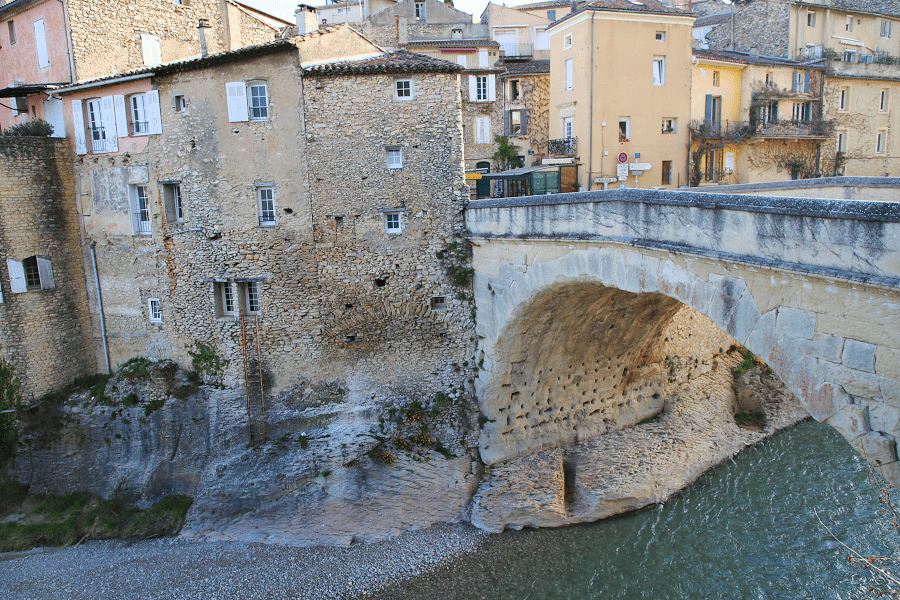Gaillac (in Occitan Galhac) is a commune located in the Tarn department, in the Occitania region (France, Massif Central). Its inhabitants are called Gaillacois. Historically and culturally, the town is in Gaillac, a country which owes its notoriety to the quality of its wines.
Exposed to an altered oceanic climate, it is drained by the river Tarn, the Tescou, the Banis, the Jeansault, the Saudronne the Viars (and various other) streams. The town has a remarkable natural heritage, consisting of a natural area of ecological, fauna and flora interest.
Gaillac is an urban commune that has 15,663 inhabitants as of 2021, having experienced a sharp increase in population since 1962. It is in the agglomeration of Gaillac and is part of the Gaillac catchment area.
One thousand years old, Gaillac grew thanks to the flourishing agriculture of its region, Gaillac wine and woad. The city could export wines thanks to its port and the economic activity of Saint-Michel Abbey. This last has left the mark of pink brick throughout the renovated historic city. The city is also nicknamed “The Rose of the South.”
Today, the third city in the Tarn department has many assets, which explain its economic and demographic growth: industry, tourism and services.
Wines
The local wine of Gaillac, first made almost two thousand years ago, is of two official appellations (AOC). The terroir is made up of clay, limestone, sand and silex soils. Gaillac receives more sunshine than Bordeaux and is graced by a cool, maritime climate. Duras is the name of both the grape that is native to this area and an AOC and town just northwest of the two “Gaillac” designations.
Main attractions
Saint-Michel Abbey
The Abbey has existed since the 10th century, and it is attested that, in 972, a Benedictine community was present: it initiated agricultural and economic development from the exploitation of the vineyard and commercial wine traffic on the Tarn. In 1271, the Abbey was partly rebuilt in the southern Gothic style. In 1524, it was secularized – a chapter of canons replaced the community – but the abbey title was retained. Devastated by Protestants twice, the building was rebuilt and redecorated from 1570 to 1620.
Degraded again during the Revolution, it served as a warehouse and saltpeter furnace before regaining its role under the Concordat. In 1849, the north entrance was closed; another was opened on the west façade, where a neo-Romanesque portal (the work of Alexandre du Mège) was placed. Major restoration work since the end of the 19th century was undertaken until the complete renovation of the Abbey buildings in the 1990s.
Museum of Fine Arts
The Gaillac Museum of Fine Arts is housed in the Château de Foucaud. The building has been classified as a historic monument since 1935 for the reading pavilion and in 1945 for the park and the castle. It includes a collection of the painter Firmin Salabert (1811-1895), a student of Ingres, who gave his paintings to the city. The mayor of Gaillac looked for a place to exhibit them and after long negotiations, the purchase of the Château de Foucaud was made in 1903. Other local artists were also visible, such as Henry Loubat (1855-1926), Charles Escot (1834 -1902), Raymond Tournon father (1870-1919) and son (1901-1975). The sculptor Jules Pendariès (1863-1933) has recently been exhibited.
Other religious heritage
The Saint-Michel de Gaillac church is protected as a historic monument by the list of 1840.
The Saint-Jean de Gaillac church gave its name to the Faubourg Saint-Jean. It dates from the Middle Ages but was rebuilt in the 16th century after its destruction during the Wars of Religion. It was restored and enlarged in the 19th century. It is made of traditional red bricks.
The current Saint-Pierre church dates from the 12th century; it replaced an older Romanesque church. In southern Gothic style, it dates from the religious revival that appeared during the struggle between the papacy and the Cathars. Although it underwent some modifications after its use by the Protestants (addition of a watchtower) and during the Revolution (reception of the candeilho, the large bell of the old abbey of Candeila 13), it is well representative of its time. Red brick dominates with the exception of the 14th century stone portal. It was classified as a historic monument in 1985.
- Notre-Dame de Boissel Church.
- Church of Sainte-Cécile d’Avès.
- Church of Saint-Jean-de-Celles in Mas de Boyer.
- Church of Saint-Pierre de Vors.
- Saint-Martin Chapel of Saint-Martin de Villecourtes.
Restaurants
There is 1 Michelin list restaurant in the city: Vigne en Foule, 80 place de la Libération, Gaillac, 81600, France, · Modern Cuisine.
How to get to?
From Paris: 6 hr 59 min (656 km) via A20
From Toulouse: 49 min (58.9 km) via A68
From Andorra: 3 hr 29 min (212 km) via N20
From Madrid: 9 hr 12 min (897 km) via A-1 and A64
From Monaco: 6 hr 19 min (637 km) via A8
From Moscow: 38 hr (3,432 km) via E30/M1
From Belgrade: 19 hr 38 min (1,940 km) via E70
From Istanbul: 30 hr (2,889 km) via E70
From Bern: 8 hr 25 min (809 km) via A75
Main information
Area: 50,93 km2
Population: 15 663
Coordinates: 43°54′05″N 1°53′57″E
Language: French
Currency: Euro
Visa: Schengen
Time: Central European UTC +1
See here Pyrenees travel guide
See here France travel guide
See here Spain travel guide

























